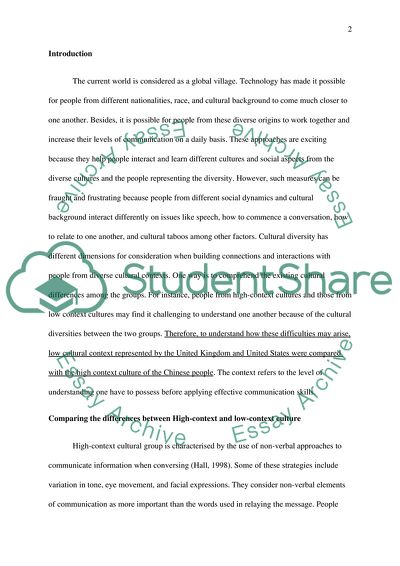Cite this document
(High-Context and Low-Context Culture Assignment, n.d.)
High-Context and Low-Context Culture Assignment. https://studentshare.org/sociology/1866830-people-from-high-context-and-low-context-cultures-may-find-it-difficult-to-understand-one-another
High-Context and Low-Context Culture Assignment. https://studentshare.org/sociology/1866830-people-from-high-context-and-low-context-cultures-may-find-it-difficult-to-understand-one-another
(High-Context and Low-Context Culture Assignment)
High-Context and Low-Context Culture Assignment. https://studentshare.org/sociology/1866830-people-from-high-context-and-low-context-cultures-may-find-it-difficult-to-understand-one-another.
High-Context and Low-Context Culture Assignment. https://studentshare.org/sociology/1866830-people-from-high-context-and-low-context-cultures-may-find-it-difficult-to-understand-one-another.
“High-Context and Low-Context Culture Assignment”. https://studentshare.org/sociology/1866830-people-from-high-context-and-low-context-cultures-may-find-it-difficult-to-understand-one-another.


